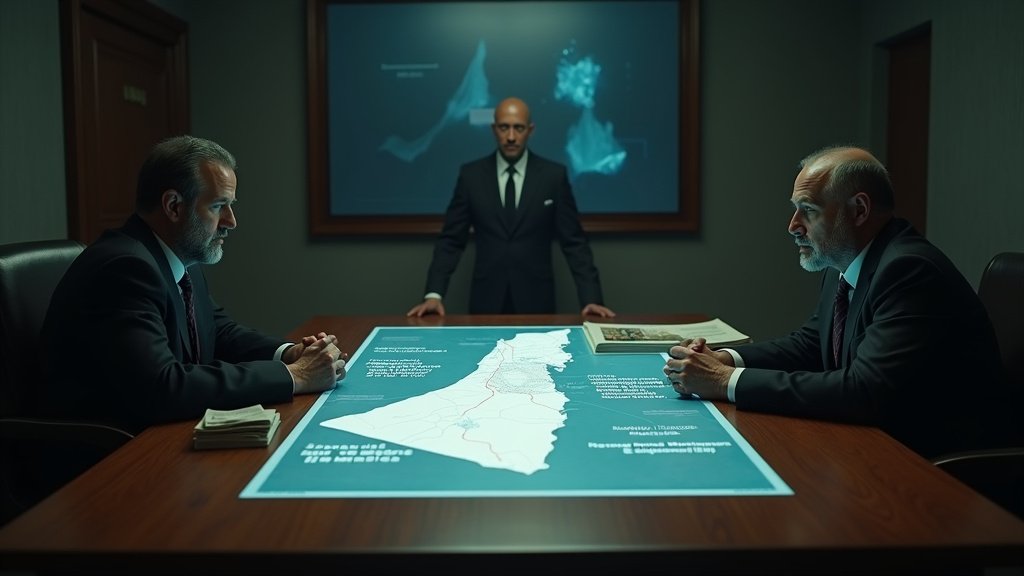Hamas has submitted a formal response to a proposed ceasefire agreement, intensifying negotiations amidst the ongoing conflict. The proposal, presented by U.S. Middle East envoy Steve Witkoff, has been met with a counter-offer that has significantly shifted the landscape of the discussions. The details of this response reveal the complexities and deep-seated divisions that continue to fuel the conflict.
Hamas’s Terms for a Ceasefire
In their latest proposal, Hamas has outlined specific conditions for a potential ceasefire. A central component of their offer involves a prisoner exchange, with Hamas offering to release a portion of the hostages currently held. Specifically, they have offered to release 10 living hostages and the bodies of 18 deceased individuals. In return, Hamas demands the release of Palestinian prisoners held by Israel. This exchange highlights the crucial role prisoner releases play in the negotiations, as both sides seek the return of their citizens and the resolution of humanitarian concerns.
Beyond the prisoner exchange, Hamas has stipulated several key demands regarding the cessation of hostilities. Foremost among these is a call for a complete cessation of all Israeli attacks. This includes not only the immediate end of military operations but also a comprehensive halt to any actions perceived as aggression against Palestinian territories. Furthermore, the proposal demands the withdrawal of all Israeli troops from the Gaza Strip. This withdrawal, if accepted, would fundamentally alter the physical dynamics of the conflict and reshape the territories controlled by each side. The proposal underscores Hamas’s unwavering commitment to securing a lasting peace that addresses core issues related to the security and sovereignty of the Palestinian people.
The Response from U.S. Envoy Steve Witkoff
The response from U.S. Middle East envoy Steve Witkoff has been swift and decisive. Witkoff has deemed Hamas’s latest proposal as “totally unacceptable.” This strong condemnation indicates the significant gap that remains between the two sides and the considerable challenges that stand in the way of achieving a mutually agreeable ceasefire. Witkoff’s reaction suggests that the United States, a key player in these negotiations, views Hamas’s demands as overly ambitious or incompatible with Israel’s security interests. The situation underscores the intricate balance that must be struck to satisfy the demands of both sides, even as the fighting continues.
The ongoing negotiations reflect the wider diplomatic efforts that are being undertaken to address the conflict. International bodies, regional actors, and concerned nations are closely following the talks, hoping for a breakthrough that will ease the humanitarian crisis and prevent further loss of life. The future of the ceasefire talks, and indeed the prospect for a lasting peace, now hangs in the balance. The response will likely result in additional rounds of negotiations, which may lead to shifts in the terms of the proposal. These could include changes to the prisoner exchange, the extent of the Israeli military withdrawal, and the terms for the ceasefire to be enacted and maintained. The situation remains very fluid and subject to change as the parties involved work to reconcile their opposing aims.

